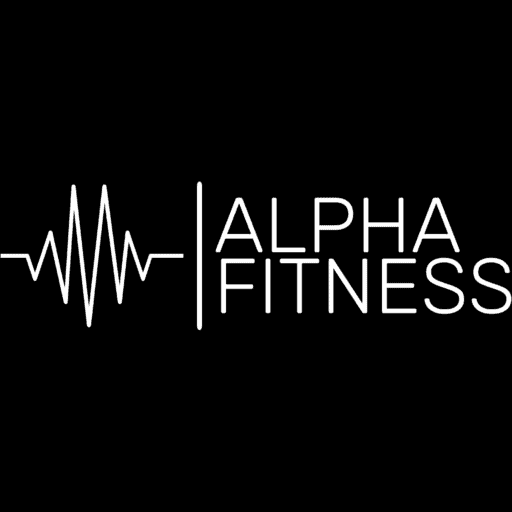
Below is a list of useful links:
- Giloy is useful in managing dengue fever
- Eat foods high in fat-soluble vitamins for teeth
- Planks help stabilize back muscles
- Kapalbhati leads to increased stamina
Planks are a popular core-strengthening exercise that can help stabilize not only the muscles in your core but also the muscles in your back. While the primary focus of planks is on the abdominal muscles, they also engage the muscles of the lower back, including the erector spinae muscles, which run along your spine. Here’s how planks can help stabilize your back muscles:
Core Engagement: Planks require you to engage your deep core muscles, including the transverse abdominis and the internal obliques. A strong core can provide better support for your spine and reduce the risk of lower back pain and injuries.
Spinal Alignment: When performing a plank correctly, you maintain a neutral spine position, which means your back is neither arched nor rounded. This promotes proper spinal alignment and helps reduce the strain on your lower back.
Postural Benefits: Regularly including planks in your fitness routine can improve your overall posture. Good posture contributes to spinal health and can alleviate back pain caused by poor alignment.
Back Muscle Activation: While the primary focus is on the core, planks also engage the erector spinae muscles and other back muscles to stabilize the spine during the exercise. This engagement helps strengthen the muscles that support your back.
Balance and Stability: Planks challenge your balance and stability, which requires various muscles, including those in your back, to work together to maintain the plank position. This helps improve overall stability, which is essential for a healthy back.
It’s important to perform planks with proper form to maximize their benefits and minimize the risk of injury. To do so, maintain a straight line from your head to your heels, engage your core muscles, and avoid sagging or arching your back. Start with shorter durations and gradually increase the time as your core and back muscles become stronger.
While planks can be a valuable part of a well-rounded fitness routine for back stability, it’s also essential to incorporate other exercises that target specific back muscles and address flexibility and mobility to ensure a comprehensive approach to back health. If you have existing back issues or concerns, it’s advisable to consult a healthcare professional or a fitness trainer for personalized guidance.




4 thoughts on “Planks help stabilize back muscles”